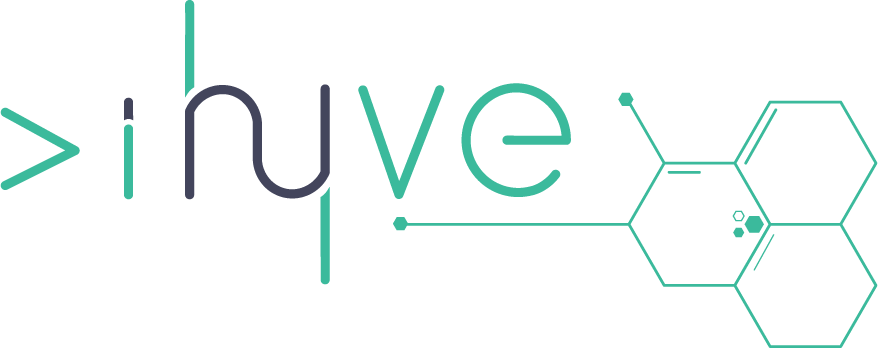A software failure could spell ruin for any business operating in banking today. With customer demand for stability and reliability higher than ever, the software needs to be perfect from day one.
In this latest guest post, Leapwork details the true cost of system failures in a banking environment that leaves no room for error and outlines the solution of no-code automated testing.
Founded in 2015, Leapwork is a Danish no-code test automation and robotics process automation (RPA) platform for enterprises.
Christian Brink Frederiksen CEO and co-founder, Leapwork
The company’s no-code approach, which uses visual language and flowcharts to illustrate automation flows instead of code, enables not only technical experts but also business experts, to automate repetitive tasks; effectively democratising automation.
Leading the narrative here is Leapwork CEO and co-founder, Christian Brink Frederiksen. Throughout, Frederiksen delves into real-world examples of system failures and the litany of issues that came as a consequence.
Citing the data from the company’s recent report, he builds a compelling answer to why this might be happening and demonstrates why the only way forward is through no-code automated testing; before the product hits the shelves.
No-code automated testing can prevent software failures
Banking today is as much a technology business as it is a financial one. As the World Bank observes in its latest report on the future of finance, technology is literally transforming the entire financial services industry. Fintech is giving rise to countless innovations and reshaping financial products, business models, market structure and players, payments — even money itself.
With a few clicks or taps, customers and providers alike can easily access information and move funds. That enhanced functionality has enabled institutions to unbundle their financial services to provide customised solutions to clients. Customers can now select specific products from a host of providers with different specialities, piecing together a portfolio of services that meet their exact needs.
Locked out
With so much riding on technology, stability and reliability are paramount. Any software failure can mean disaster both for customers and the institution itself — not to mention its shareholders. Recent events bear witness to the grim possibilities.
VyStar Credit Union in Florida, for instance, had a failed upgrade to its online banking system that locked customers out completely for two weeks last year. Compounding the problem, the credit union’s mobile app didn’t work for more than a month.
In the UK, millions of customers of Lloyds, Halifax and Bank of Scotland (all part of Lloyds Banking Group) were locked out of their online and mobile banking accounts in 2020 when the banks experienced “an internal technical issue.”
Given the stakes — and such high-profile cautionary tales — it seems clear that testing should be seen as a fundamental business priority. Shockingly, much of the time it isn’t.
The Leapwork 2022 Risk Radar report found that 55 per cent of testers in banking and financial services think it’s acceptable to release software that hasn’t been properly tested, as long as it’s patched later. This attitude is mirrored in the fact that 40 per cent of software goes to market without adequate testing, according to the majority of the testers surveyed.
The reasons for risk-taking
There’s a high price to be paid when a calculated risk doesn’t pay off. In many cases, there’s real money at stake — sometimes a great deal of it. But the cost isn’t limited to dollars and cents. Banks simply cannot afford downtime.
Customers demand immediate access to their funds and expect security and stability from their financial service providers. When a financial institution doesn’t live up to that trust, its reputation suffers and it’s likely to alienate customers.
That’s exactly what happened to VyStar, which lost customers and public confidence because of its prolonged outage.
Why, then, are organisations increasingly willing to release software products to market before they’re properly vetted? There are several reasons businesses are opting for speed to market rather than stability and quality.
Too soon?
Companies are rushing to release their products before the competition. That puts intense pressure on QA teams to accelerate the development cycle.
Hiring more team members to handle the workload seems logical, but in the current economic climate, this is not an option for most businesses. And even if an organisation is in a position to invest in building out its QA and testing capability, manpower alone will not solve the issue.
The truth is that manual testing, which requires large amounts of time, resources and expertise, is a major bottleneck here. Roughly four in 10 CEOs cite ‘reliance on manual testing’ as the primary reason for inadequate pre-launch testing.
The survey reveals that 43 per cent of software testing uses either an automation tool or a combination of manual and automated testing. And the majority of so-called no-code automation tools on the market are incredibly complex to operate because they require significant programming expertise.
Given all these pressures, flawed software inevitably finds its way to market. Over half of the testers polled said they spend five to 10 days a year patching testing software after it’s been released. That not only affects customers using those products, but it also damages confidence in the company and its services.
No-code testing is the answer
Claus Topholt, Leapwork CPO and co-founder, experienced these issues having previously worked at an investment bank. The institution depended on high-volume rapid trading. Ultimately, buggy software that interrupted operations could have led to bankruptcy.
Recognising the importance of quality software, he built a programming language to enable testers to set up and execute testing. However, he soon realised testing and programming were two very different skill sets. Even expert testers usually weren’t trained to write code, which slowed down the testing process dramatically.
The answer would prove to be an entirely new approach to test automation. Topholt created a no-code platform that enables everyday business users and testers to automate testing. Built on visual language, the platform conducts testing using a flowchart model.
This is the only way forward when it comes to automated testing.
Since zero programming skills are required, users can create and test applications easily on their own, and at scale. Since testers are in the best position to know what is required from a business process, this results in improved functionality and quality, and a far better user experience.
Involving more people in testing eliminates bottlenecks, speeds up testing and allows for operations at scale with business needs. It also frees up skilled developers for higher-priority tasks. Additionally, truly no-code platforms minimise variability and the likelihood of human error, so products are more consistent.
Reputational damage
Headlines make it all too clear that software outages and failures within financial services are big news.
The report found such problems had damaged corporate reputation during the past five years for three-quarters of CEOS.
It’s clear that pre-release testing to avoid such issues is vital. It’s equally clear that an entirely new approach to automated testing with a truly visual, no-code automation solution is required.
The post Leapwork: No-Code Automated Testing Can Prevent Software Failures appeared first on The Fintech Times.






